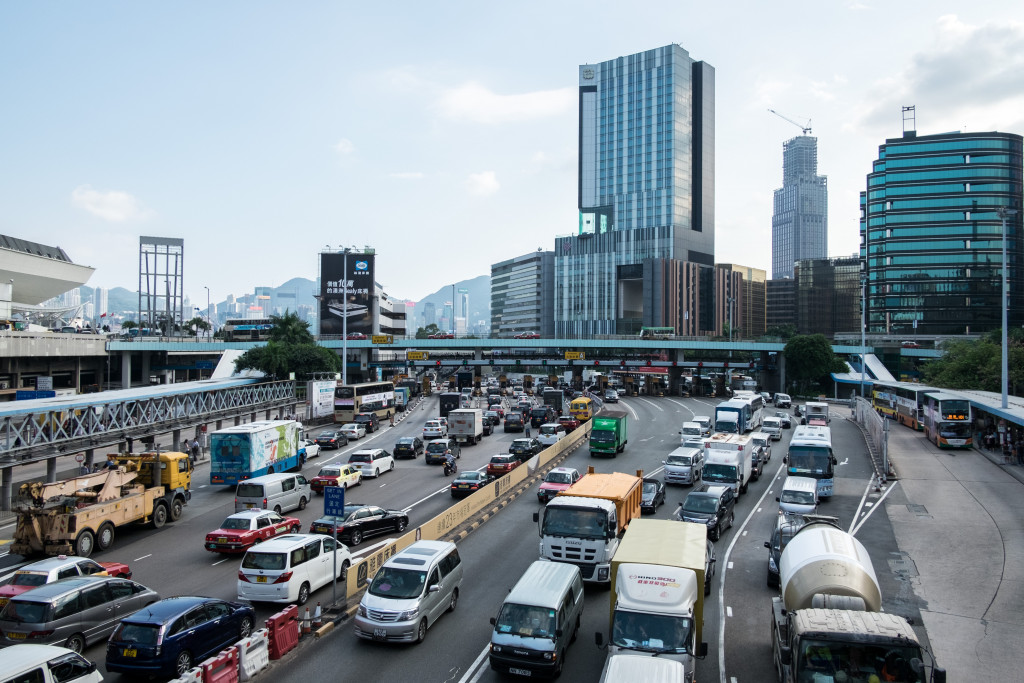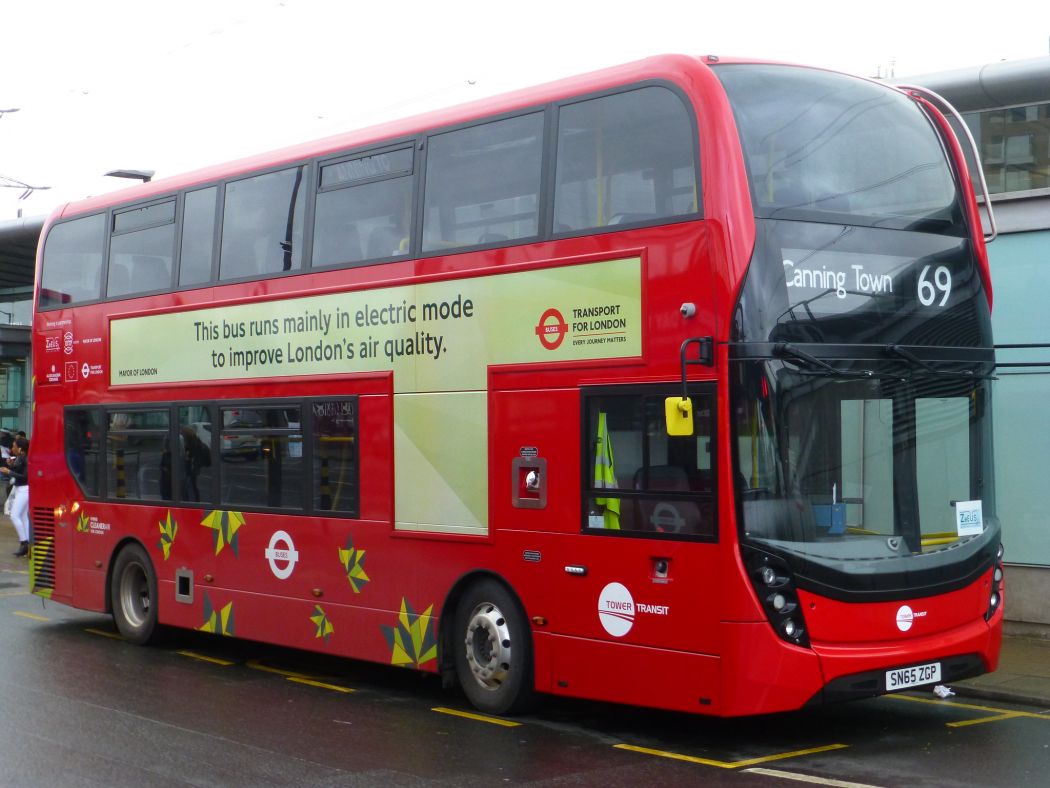In a move of breathtaking shortsightedness, the government has announced it will upgrade parking at old private estates by subsidising the installation of electric chargers for e-vehicles.
A subsidy of HK$2 billion, announced in the chief executive’s policy address, will cover 60,000 parking spaces, helping to greatly increase the number of charging stations around town, which presently stands at only about 12,000.
On the surface, the rationale for the subsidy seems well-intentioned. Electric vehicles emit no exhaust, and therefore do not directly contribute to our poor quality air.
Clearly, the thinking on the part of the government is to encourage current car owners to switch away from petrol-powered vehicles, which are one of the causes of our filthy roadside air, or to boost sales of e-vehicles among first-time buyers. So far so good.

But digging a little deeper, the subsidy appears not only myopic, but counterproductive on multiple levels.
Anyone commuting to work these days by car or bus is well aware of the increasing amount of time it takes to arrive at work or return home. With close to 800,000 licensed vehicles on our roads, up over 50% in just over a decade, traffic is slowing to a crawl during the rush hour, which in turn is extending its hours on both ends.
Thus, any measure that encourages more cars on the road, electric or otherwise, cannot be considered a move in the right direction.
Then there is the fictional narrative that e-vehicles are environmentally friendly. Even in countries like Denmark, where significant amounts of electricity are generated by renewables, the notion is contentious because lugging yourself around in a two-tonne vehicle, often without passengers, cannot be considered environmentally responsible.
The steel and aluminium, as well as the rare earth minerals in the battery, have all required copious amounts of fossil-fuel-sourced energy during the manufacturing process. Alas, however, Hong Kong is not Denmark – nowhere close.

Presently, the fuel mix for generating electricity in Hong Kong is still highly dependent on the burning of fossil fuels, with dirty coal amounting to about half of the output. So e-vehicles will not contribute to roadside air pollution, but from their manufacture to their movement, they are still far from being good for the planet.
Thus, the subsidy is shortsighted on two counts – it encourages more cars on the road, while not really reducing our electricity consumption and its resulting pollution. However, it also fails on a conceptual level.
One could fairly ask, in what other ways could the government have spent HK$2 billion? And what message does the e-vehicle charger subsidy send to the public?
To answer the first question, one need not look very far. Across the border to the north, Shenzhen now has 16,000 electric buses which are estimated to conserve hundreds of thousands of tonnes in CO2 emissions annually compared with their previous fleet of diesel buses. An added bonus is the great reduction in another kind of pollution – noise.

With each bus costing a bit over HK$2 million, the Hong Kong government could have subsidised 1,000 buses using that HK$2 billion, instead of building charging stations for private vehicles, the vast majority of which are presently luxury cars, with their drivers usually sitting alone behind the wheel.
And while it’s true that any infrastructure would have to be built to support an electric bus fleet, if Shenzhen can do it, why can’t we? Notably, London is about to go in the same direction as Shenzhen with an all-electric bus fleet by the end of next year, and these buses are double deckers.
Thus, in offering a subsidy for electric chargers for e-vehicles, the Hong Kong government has gone the route of catering to the elite under the guise of environmental protection when it should have thought of the masses, that is, the 90% of our population who do not own their own vehicle.
In this sense, they have struck out twice. A move to electrify our bus fleets would do much more to reduce roadside pollution, plus it would be perceived by the majority of the public that the government is looking out for the little guy.
